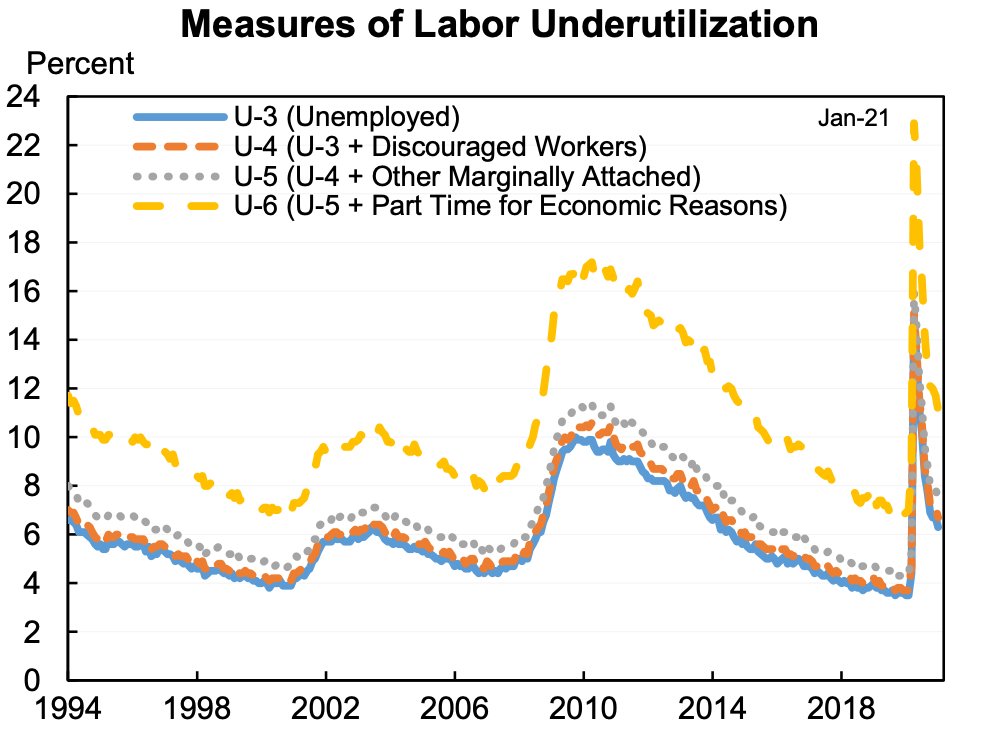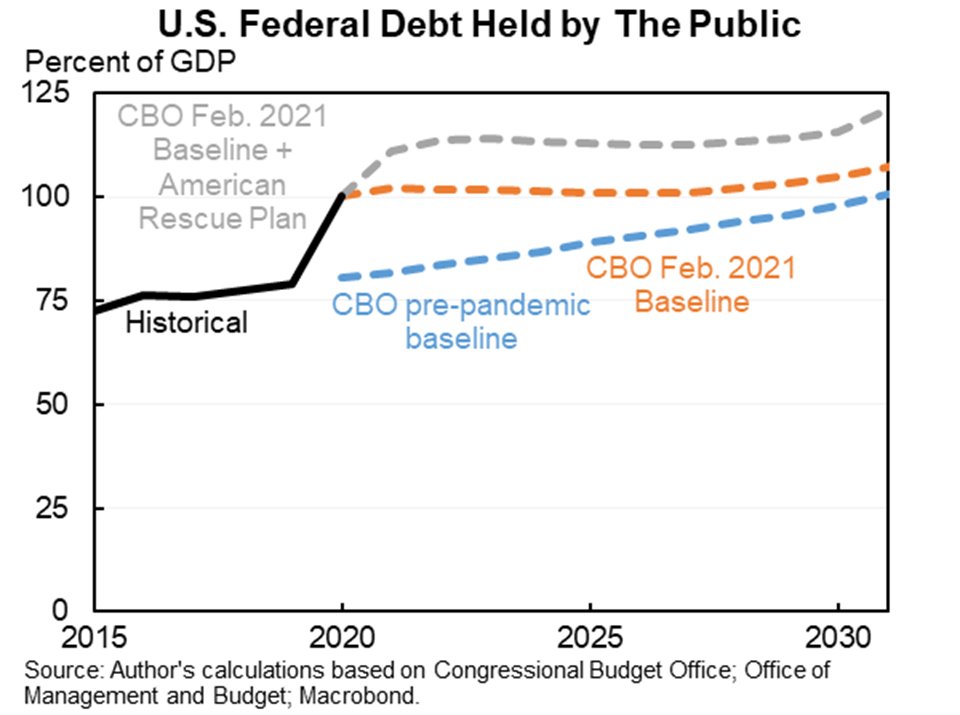
If I had a choice btwn J&J & Moderna/Pfizer, I would take Moderna/Pfizer.
If I had a choice btwn J&J now and Moderna/Pfizer thirty minutes from now I would wait 30 minutes to take Moderna/Pfizer.
If the choice was J&J now vs. Moderna/Pfizer a year from now I would take J&J now.
If I had a choice btwn J&J now and Moderna/Pfizer thirty minutes from now I would wait 30 minutes to take Moderna/Pfizer.
If the choice was J&J now vs. Moderna/Pfizer a year from now I would take J&J now.
What I don’t know is the T for which I’m indifferent between J&J now and Moderna/Pfizer in T days.
I’ve read a lot on the comparisons of efficacy being misleading & I’m sure that’s true. But it’s hard not to feel that much of the public health opinion has a thumb on the scale.
I’ve read a lot on the comparisons of efficacy being misleading & I’m sure that’s true. But it’s hard not to feel that much of the public health opinion has a thumb on the scale.
Yes, I know J&J is spectacular, essentially eliminates death and hospitalization and much better than flu vaccines.
But Moderna/Pfizer seem spectacularer, if I could get flu shots with higher efficacy I would take them.
But Moderna/Pfizer seem spectacularer, if I could get flu shots with higher efficacy I would take them.
I also care about the broader implications of my choice. I don’t want to spread the virus and kill others. And if everyone delayed J&J it would result in worse social outcomes. I would definitely factor this in.
But I also would love a doctor to tell me what is best for me as an input into my decision. Sort of like a fiduciary responsibility to advise me on what is best for my health.
(As an aside, we expect investment advisors to be fiduciaries giving people the best advice for them, not giving them the best advice for the world which would be to donate all their money.)
It seems like we’re all supposed to be saying we would definitely take J&J with no hesitancy or regret. I would be happy to take it but like everyone else I confess to having a mixture of selfish and selfless motives and feel it is hard to get good inputs into balancing these.
(I realize some will probably react negatively to these questions. But ask yourself which vaccine you would choose? Would you wait an extra thirty minutes for it? And do you make all your decisions just based solely on what is best for global welfare?)
• • •
Missing some Tweet in this thread? You can try to
force a refresh






